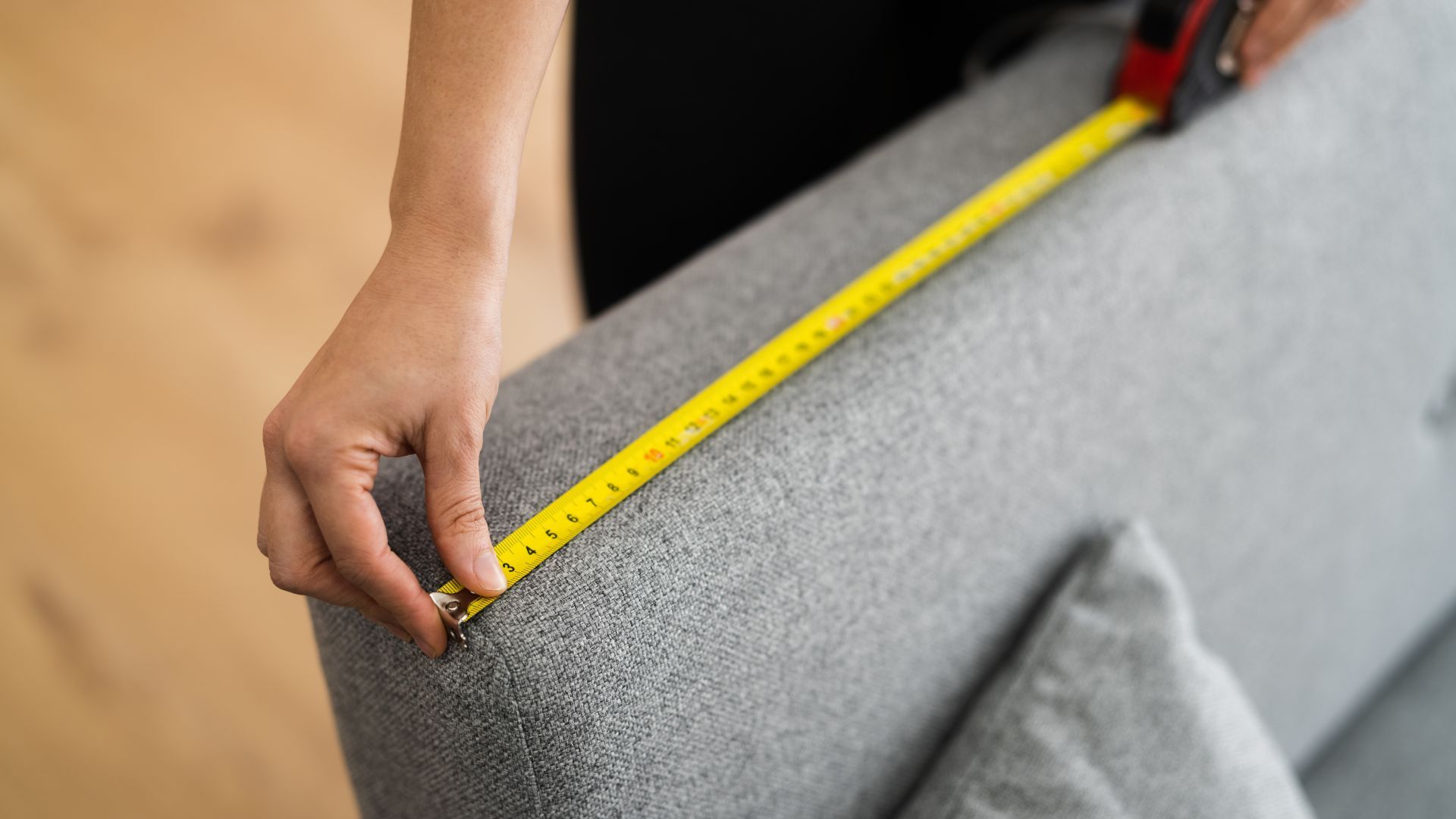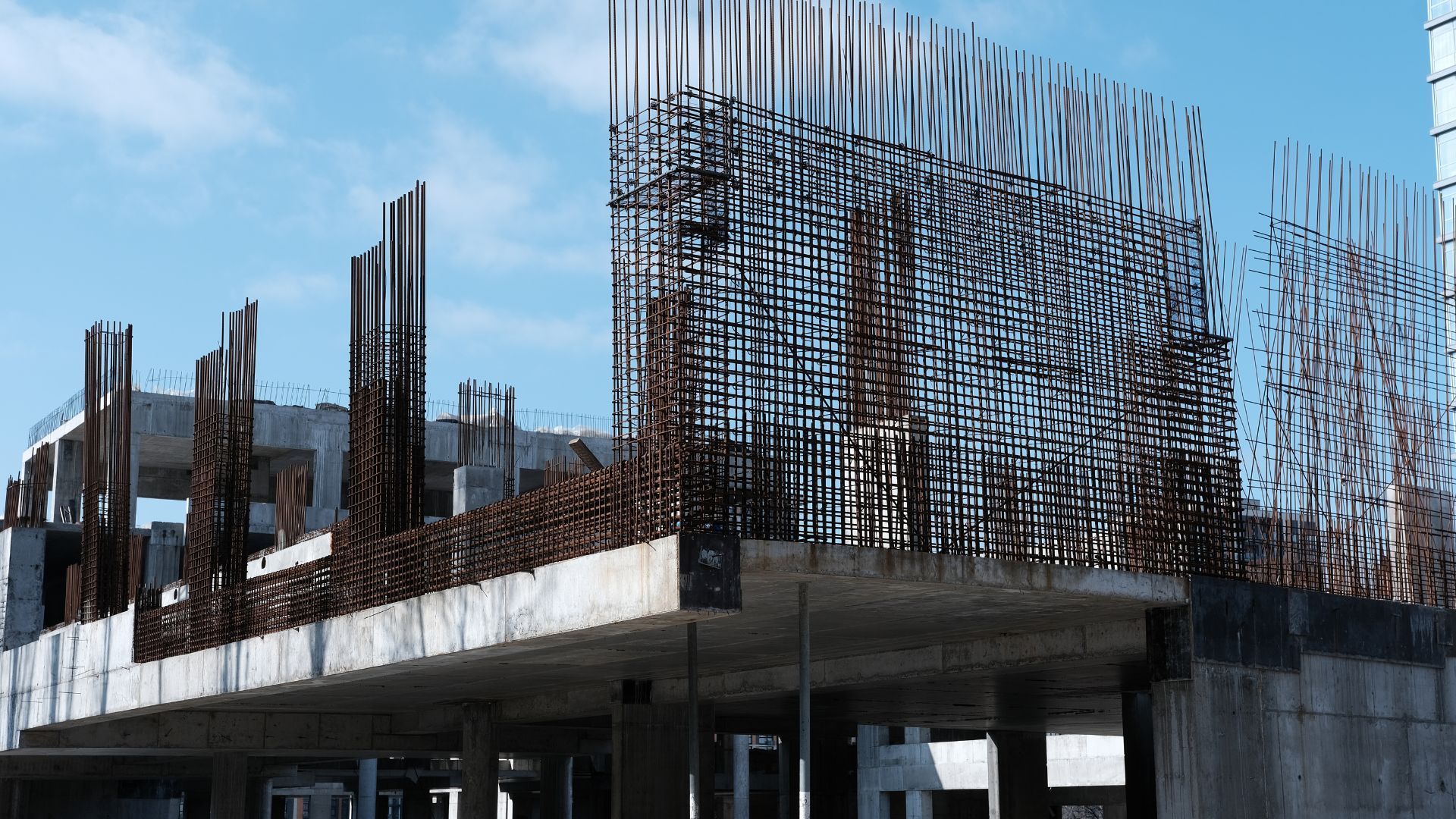What is the Difference Between Shipping and Delivery?
In e-commerce, the terms "shipping" and "delivery" are often confused, but they refer to two different stages of order fulfillment. Shipping is when a product is packed and dispatched from the seller’s warehouse, while delivery is when the item reaches the customer’s address. Understanding this distinction is vital for businesses and customers alike, as it prevents miscommunication and sets realistic expectations. For businesses, clear communication of shipping and delivery timelines can enhance customer satisfaction and reduce complaints about late orders. As online shopping grows, transparency around these terms becomes increasingly important to avoid confusion. By clearly outlining when a product will ship and when it is expected to arrive, businesses can ensure smoother transactions and build stronger customer relationships. Offering real-time tracking and multiple shipping options (such as standard or expedited) can further improve the customer experience. This transparency not only reduces the risk of dissatisfaction but also helps businesses stand out in a crowded marketplace. Ultimately, understanding and effectively communicating the difference between shipping and delivery leads to higher customer satisfaction, fewer misunderstandings, and a more streamlined shopping experience for everyone involved.

What is Shipping?
Shipping is the process of preparing and dispatching products from a retailer's warehouse to the customer. It begins when a customer places an order and continues through several key stages, including order management, packaging, and selecting a carrier for delivery. In e-commerce, the shipping process involves coordinating various steps, such as receiving and verifying the order, packing the product, and choosing the appropriate shipping method. Warehousing and carrier relationships also play a crucial role in ensuring that the order moves efficiently through each stage. Clear communication of shipping timelines helps businesses manage customer expectations. Providing transparency about when an order will leave the warehouse and offering real-time tracking ensures a smoother experience. Shipping marks the transition from the retailer to the logistics phase, ensuring the product’s safe journey to the customer’s door.
What is Delivery?
Delivery is the final step in the order fulfillment process, where the product reaches the customer’s location. It
represents the moment when the item arrives at the doorstep, marking the completion of the transaction. Delivery timelines are influenced by several factors, including the customer’s location, the efficiency of the courier service, and the type of product being delivered.
Larger items, like furniture, may require additional handling or specialized services, which can extend the delivery time. Delivery costs can also vary based on these factors. Unlike shipping, which refers to dispatching the item from the seller’s warehouse, delivery dates indicate when the product is expected to arrive. Many businesses offer real-time tracking so customers can monitor their order’s progress. Providing accurate delivery timelines and maintaining communication throughout the process enhances the customer experience and helps build trust. Clear delivery terms ensure customers understand when they will receive their products, whether through standard, next-day, or
specialized delivery services.

The Key Differences
The key difference between shipping and delivery, especially in the furniture world, is all about timing. Shipping happens when your new sofa or dining set leaves the warehouse and hits the road, typically handled by couriers or freight services. These shipping timelines are part of the internal process and are usually stated in business days (e.g., “Ships within 5 business days”). Delivery is the final stage, when your furniture actually arrives at your home in Toronto, Mississauga, or anywhere across the GTA. Delivery dates let you know when you can expect your new piece. These timelines can fluctuate due to various factors like weather, the courier’s schedule, or installation needs (especially with larger items like sectional couches or king-sized beds). For furniture retailers, it’s crucial to communicate both shipping and delivery dates clearly to avoid confusion. Customers expect to know when their furniture is on its way and when it will arrive, especially for big-ticket items. Providing regular updates and clear timelines not only helps manage expectations but also builds trust and confidence with your customers. When you’re ordering furniture in Canada, a smooth, reliable shopping experience depends on transparency. Whether you’re shipping a dining table to a condo in downtown Toronto or delivering a custom sofa to a home in Oakville, clear communication can make all the difference in customer satisfaction.
Why Transparency is Crucial
Transparency is crucial when communicating shipping and delivery timelines, whether for furniture or
building material deliveries in Toronto and the GTA. Customers and contractors alike need to know when their items will ship and when they’ll arrive at their location. Clear communication ensures expectations are met, whether delivering a new dining set to a condo or essential building supplies to a construction site. For businesses, failing to differentiate between shipping and delivery dates can lead to unnecessary complaints and confusion. By providing detailed timelines and frequent updates, companies can foster trust, improve customer relationships, and avoid costly misunderstandings. Offering clear processes for both furniture and building material deliveries ensures customers feel confident about their orders, whether they're awaiting a sofa for a new living room or lumber for a renovation project. Precise delivery details minimize delays, boost customer satisfaction, and establish your business as
a reliable partner. In both furniture and building material delivery, clear communication, real-time updates, and well-managed expectations make all the difference. The more transparent your business is with timelines, the more you’ll stand out and create a comfortable shopping and delivery experience.

The Role of Tracking
Modern logistics have made it easier for businesses to offer transparency throughout the shipping and delivery process. Real-time tracking gives customers insight into the status of their order, showing them when an item has shipped and where it is along its journey. This reduces anxiety, especially when there are unforeseen delays. Offering detailed tracking information not only enhances the customer experience but also sets your business apart from competitors who may not provide such updates. This level of transparency is particularly valuable for deliveries involving long distances or complex logistics.
How to Enhance the Customer Experience
Clear communication around shipping and delivery is a powerful way to improve customer trust and satisfaction. Offering multiple shipping options (e.g., standard, expedited, next-day) allows customers to choose based on their priorities, whether it’s saving on costs or receiving their item faster. Being upfront about shipping costs and expected delivery timelines at checkout ensures customers know what to expect. Including a FAQ section on shipping and delivery policies can also reduce common customer inquiries and complaints. Businesses that invest in transparent interfaces and clear timelines are more likely to build loyalty and encourage repeat business.

Shipping vs. Delivery in a Nutshell
To stand out in e-commerce, it’s essential to understand the difference between shipping and delivery. Shipping refers to the process of preparing and dispatching a product from the seller's warehouse, while delivery is when the item reaches the customer's location. These terms represent distinct stages of order fulfillment and should not be used interchangeably. For businesses, communicating both shipping and delivery dates is key to preventing confusion and managing customer expectations. Offering real-time tracking further enhances transparency, allowing customers to stay informed about the status of their orders. By providing accurate timelines and clear information, businesses can create a smoother shopping experience, reducing the likelihood of customer complaints about delayed items. This approach not only improves customer satisfaction but also strengthens a company's reputation and operational efficiency. In a competitive marketplace, being transparent and reliable with shipping and delivery details sets a business apart, leading to long-term customer loyalty and success.
MaxxDelivery Moving and Delivery Tips and Blog











